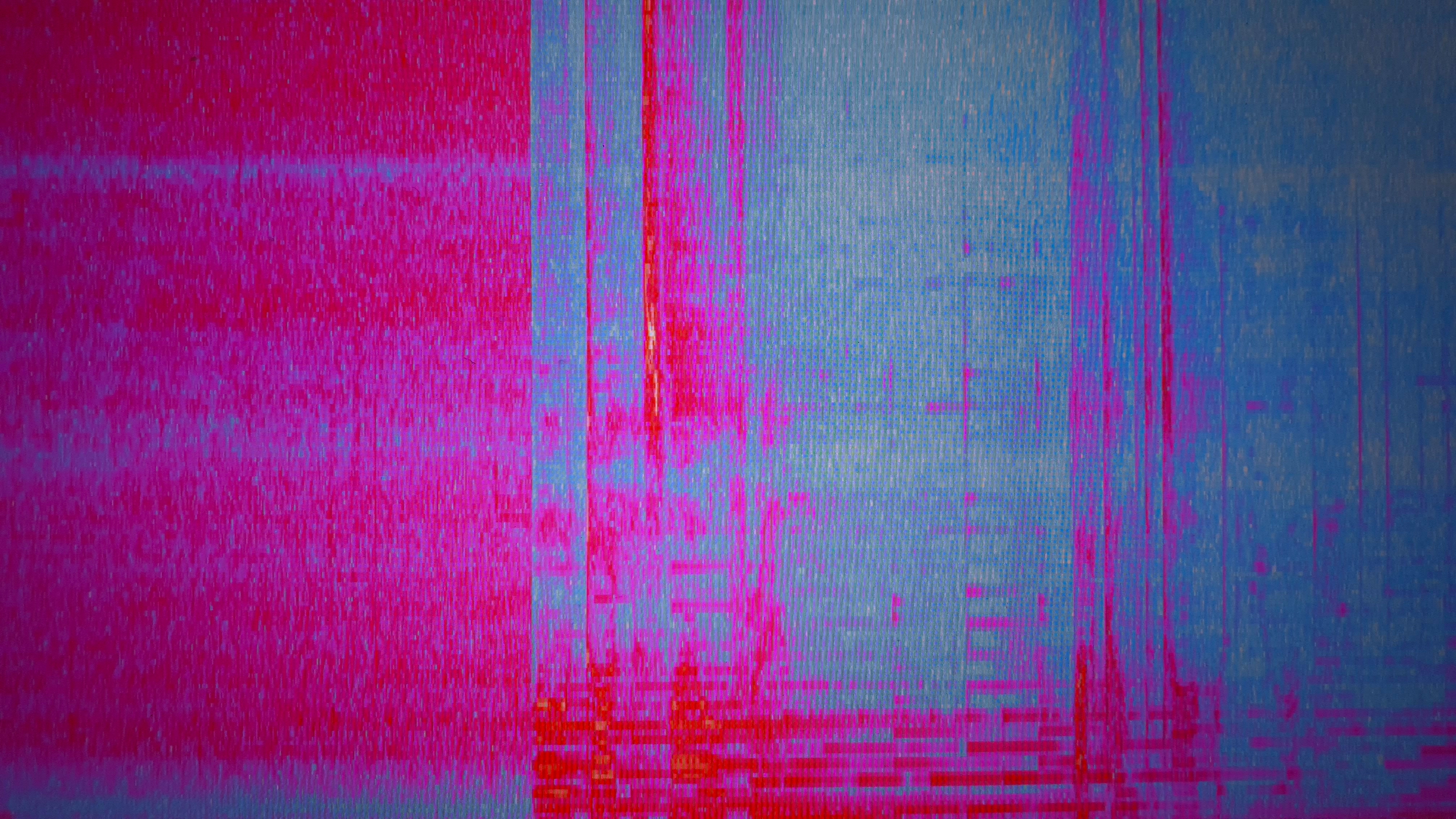
Please note! Course description is confirmed for two academic years, which means that in general, e.g. Learning outcomes, assessment methods and key content stays unchanged. However, via course syllabus, it is possible to specify or change the course execution in each realization of the course, such as how the contact sessions are organized, assessment methods weighted or materials used.
LEARNING OUTCOMES
On this course the student learns to:
1) Examine the topic of silence through artistic, academic and scientific attention.
2) Recognize how diversely silence functions in social situations, and how silence and silencing affect our personal experiences and communication.
3) Connect theoretical thinking and multimodal practices to creativity, personal perceptions, expertise, and daily experiences.
Credits: 3
Schedule: 12.01.2021 - 16.02.2021
Teacher in charge (valid 01.08.2020-31.07.2022): Tim Smith
Teacher in charge (applies in this implementation): Annika Sohlman
Contact information for the course (applies in this implementation):
CEFR level (applies in this implementation):
Language of instruction and studies (valid 01.08.2020-31.07.2022):
Teaching language: English
Languages of study attainment: English
CONTENT, ASSESSMENT AND WORKLOAD
Content
Valid 01.08.2020-31.07.2022:
What if one should observe silence like one observes the weather?
The idea of the course is to understand the diversity of silence through contemporary discussions and transdisciplinary observations. In class, through the shared exercises, discussions, and readings, we focus on 1) how silence informs artistic, scientific and creative practices 2) how silence plays a part in societal and individual experiences 3) how silence can be examined through artistic, academic and scientific attention. The coursework includes group work and one course session is spent on a silence themed excursion. During the course, the students keep a logbook similar to a weather book in order to document their observations connected to silence. For the final project, the logbooks of the students are assembled together to a shared publication.
NOTE: The independent work includes a written pretask that helps me to estimate the group's needs and the final content of the course. Even though the course has an emphasis on artistic practices, this field is not required to be the study or research field of the participants.
Assessment Methods and Criteria
Valid 01.08.2020-31.07.2022:
Attendance and participation 50%
Group exercises 10%
Logbook 20%
Final project 20%
Workload
Valid 01.08.2020-31.07.2022:
6 x 3h contact teaching 18h; 40 h independent work that includes readings prior to meetings, keeping a logbook, and preparing for a group exercise; 21 h final project.
80% attendance required
DETAILS
Study Material
Valid 01.08.2020-31.07.2022:
Predetermined readings deal with the fields of art, academics and science. They relate to silence, artistic processes and research as well as they present contemporary fields of studies such as studies on posthumanist and feminist thinking. However, the readings are open to change according to the wishes or expertise of the course participants. The course exercises use observation as a method to approach the different themes within Aalto University from performance arts to laboratory work.
Prerequisites
Valid 01.08.2020-31.07.2022:
No prerequisites
SDG: Sustainable Development Goals
10 Reduced Inequality
17 Partnerships for the Goals
